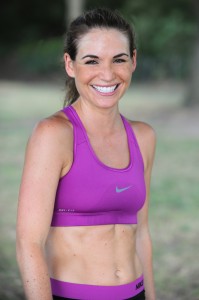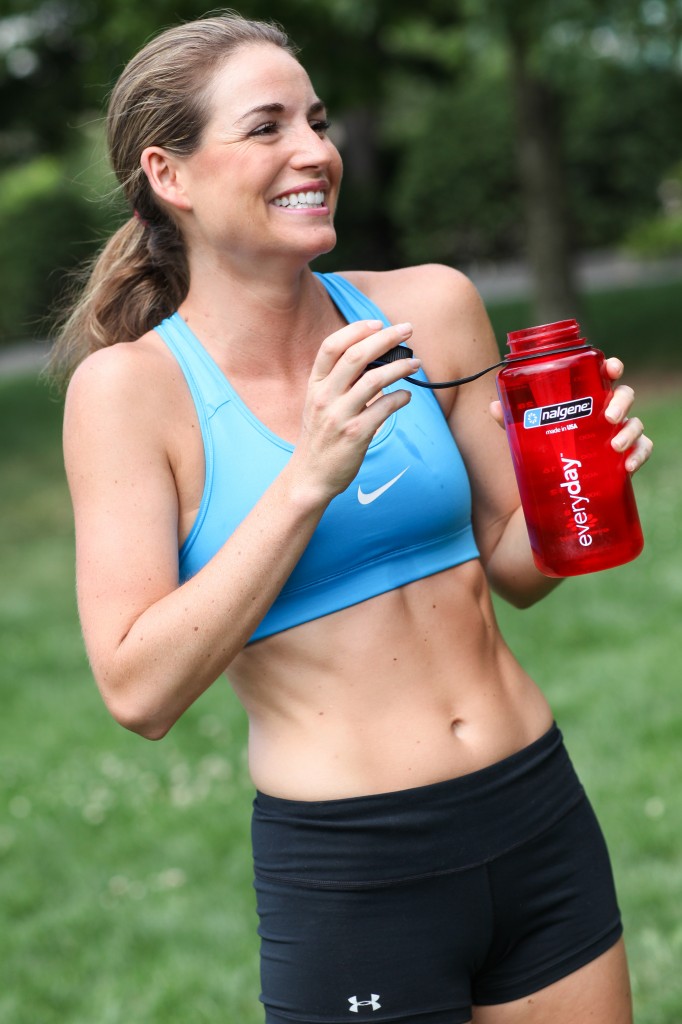 I recently had a few clients voice that they always want to love running. That the minute running is something they start to resent, or even hate, it’s time to pump the brakes on their training. It’s often during this time in marathon training – about 10-8 weeks away from race day – where mentally it’s easy to start to burn out and lose focus. Let’s face it, pounding the pavement day after day for months can cause the most passionate running enthusiast craving a break.
I recently had a few clients voice that they always want to love running. That the minute running is something they start to resent, or even hate, it’s time to pump the brakes on their training. It’s often during this time in marathon training – about 10-8 weeks away from race day – where mentally it’s easy to start to burn out and lose focus. Let’s face it, pounding the pavement day after day for months can cause the most passionate running enthusiast craving a break.
My advice for my clients: try to find the fun in your training. Sometimes there are days where you just are not feeling it. When that happens, elect to ditch a day of “junk miles” here or there. The big mistake is ditching out on those long runs or tempo runs. Unless your livelihood depends on winning races, remember that you run because you WANT TO. Because you LOVE IT. If you suddenly don’t want to or don’t love it, maybe you need a break. BUT, if you are 8-10 weeks out from a goal race, try to take a step back and to focus on the light at the end of the tunnel. Tapering is in the near future, so focus on a week at a time, and your goal for race day.
After your race, take some time off. This is necessary for your body to heal, but it’s also necessary for your mind. The amount of focus, energy, and mental grit to push through a marathon is extremely taxing. Be kind to yourself.
If you don’t feel like getting back to running, find something else you love to do. Or only run and race 5Ks for a few months. Or add cross training.
It’s completely normal at some point to hit that point where you want to bail on a run or two, or to cancel race plans. Do what is right for you. Remember, you are human. No one is going to judge you, or be disappointed in you. Doing what’s best for your happiness is always what’s most important. If that means going for a run, do with with a smile on your face and a spring to your step.





